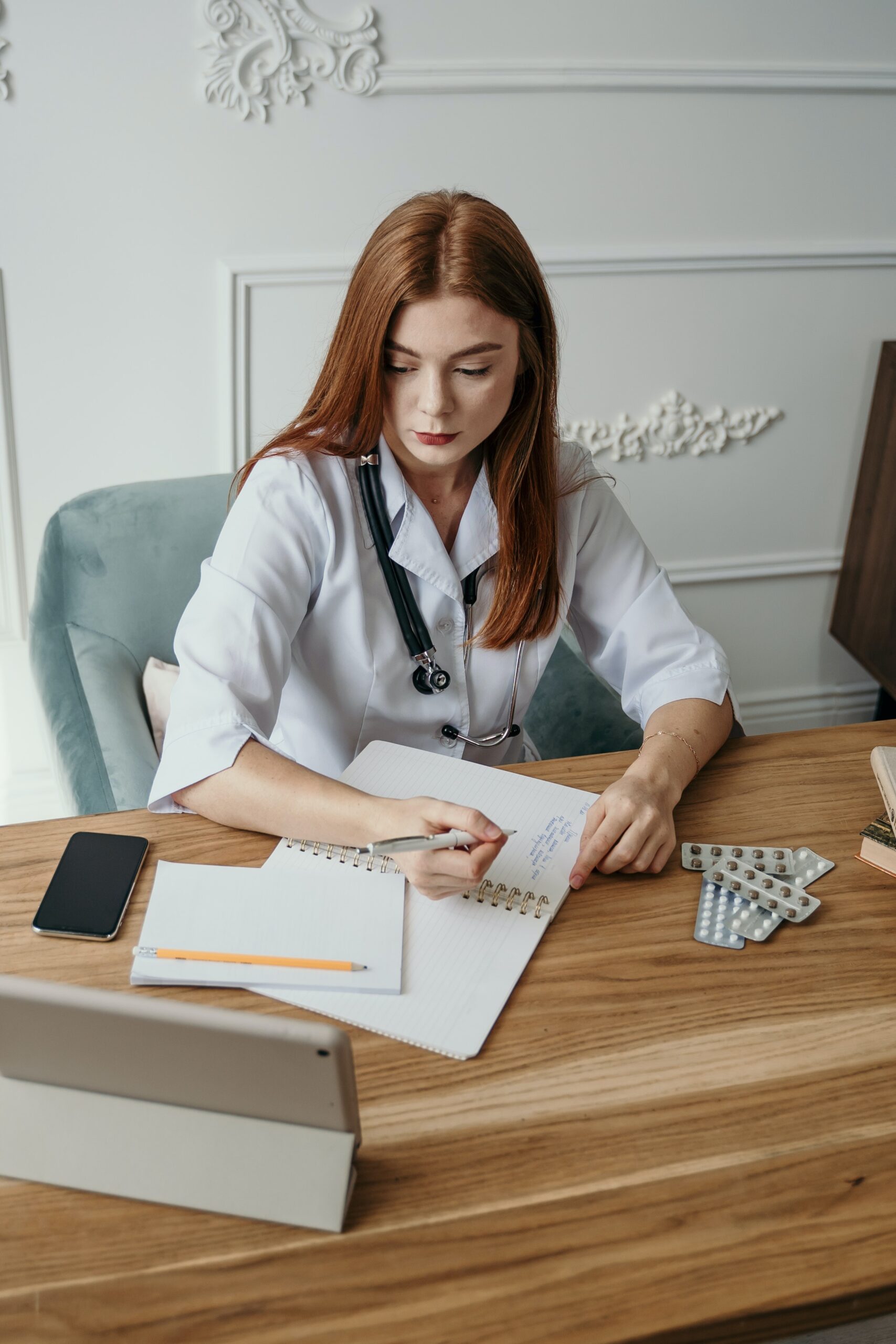The one thing that separates the profession of being a doctor from other professions is that we deal with people; people with complex emotions, backgrounds, and stories.
We interact with them, we listen to them, we observe them, we diagnose and then we treat them.
We are people who fix people.
With that being said, I wouldn’t be wrong in saying that a good doctor can connect with people with ease, create a rapport with others, make them open up, and make them feel comfortable effortlessly.
And mastering this quality has to be commenced from the medical student life itself.
Yeah, you guessed it right – this time we will be discussing how to take a good medical history.
The right approach to take good medical history

First impression is the best impression
Close your eyes; focus and think about a doctor.
I am pretty sure most of us must have thought about smart, decent-looking, and well-dressed people. It’s a natural tendency of us humans to judge people the way they look.
So make sure you are always well-groomed and dressed decently and appropriately.
It’s always a good idea to invest a little bit of your time, energy, and money in your wardrobe choice.
The chances of you having a good conversation with your patient are high if you can create that good first impression.
Remember that a smile can work wonders
We all know that one person or at least a movie character who always is grumpy, has a serious face and a grim monotonous voice.
You wouldn’t want to spend much time with that guy.
Also if you happen to know a person who always has a pleasant attitude and a warm smile, you will be instantly comfortable around them.
It’s amazing that something as simple as a smile can impact how others feel about us right?
It is important to make the patient comfortable so that they can open up freely. And now we know what to do; and it is really simple – smile.
😊

Be a genuine listener
Everybody loves to be heard.
Especially the person in front of you who is physically ill and most probably emotionally exhausted.
And don’t try faking to be a good listener.
From our body language and micro-expressions, one can understand if we are listening genuinely or faking it.
I will tell you something that I do.
Every time, just before I see a patient, I remind myself to listen and not to be distracted.
This helps me focus on what my patient has to say and believe me – if you are genuinely listening, you will get more details.
It’s not an interrogation- it’s a conversation
Okay, this is an important one.
Clinical history taking is neither an interview nor an interrogation: it’s a simple conversation.
Being the one taking the clinical history, it is Important how you lead the conversation.
Instead of diving straight to business and asking questions about the illness, try starting the conversation by asking your patient (with your most beautiful smile of course) questions like “How was your sleep?”, “What did you have for breakfast today?” or “How are you feeling today?”.
These are some real-life ice breakers that help in creating a rapport with your patient.
Be an interpreter, not a stenographer
Always remind yourself that we are medicos and not stenographers.
Our aim is not to write down the exact words of the patient, but to understand, process, and extract the relevant content from the conversation.
This is where being a good listener is going to help you.
The step after history taking is arriving at a diagnosis and for that, we must learn to prioritize the contents of the conversation.
We must develop the quality of identifying specifically the important details from what your patient is saying and asking more about those things, which might help us arrive at a diagnosis.
Don’t get too distracted while taking medical history
We live in a world where Smartphone is no longer a luxury, but an absolute necessity.
However, something trivial as replying to a WhatsApp message or attending a call from your friend, while you are with your patient can disturb the process of good medical history taking.
If a patient feels like he is the priority, he will respond readily to you.
Be honest guys; most of our mobile phone alerts and notifications are not important and can wait.
So why not keep our mobile phones away for some time?
Know how to get only what’s needed
You just don’t have all the time in the world.
We are expected to take a detailed clinical history and arrive at a provisional diagnosis in a given time.
Learning to guide the conversation and make it mostly about the current illness is an art that we need to master.
Patients tend to share areas of their life, which are not relevant to the present illness, once they get comfortable with you.
Learn to politely interrupt the patient, if the conversation goes off track too much and too often and bring it back to the topic.
Never ignore the bystanders
I think bystanders are often neglected and ignored.
It’s not just the patient, but also the bystander who is suffering.
While patient mostly has a physical illness, bystanders are emotionally ill taking care of their beloved one who is sick.
Extending our conversation to the bystander can give them a huge relief and also we get more details, better perspective, and a clearer idea about our patient.
They usually are a “reliable source of information”. So from next time, talk to both patients and bystanders.
Okay so here is a quick recap of what we discussed today-
We are just about to see a patient and get a good clinical history.
Make sure you are well-dressed, well-groomed, well-focused, listening genuinely, not distracted by mobile phone, smiling and having a pleasant conversation with your patient and bystander, interfering and interrupting occasionally when needed.
That’s it for today amigos. Tell me what you feel about these tips in the comment section below.
Also, feel free to share other things that we have missed that will sharpen our medical history-taking skills. Take care.
Ciao!
Did this post help you? If it did, let me know in the comments below!
